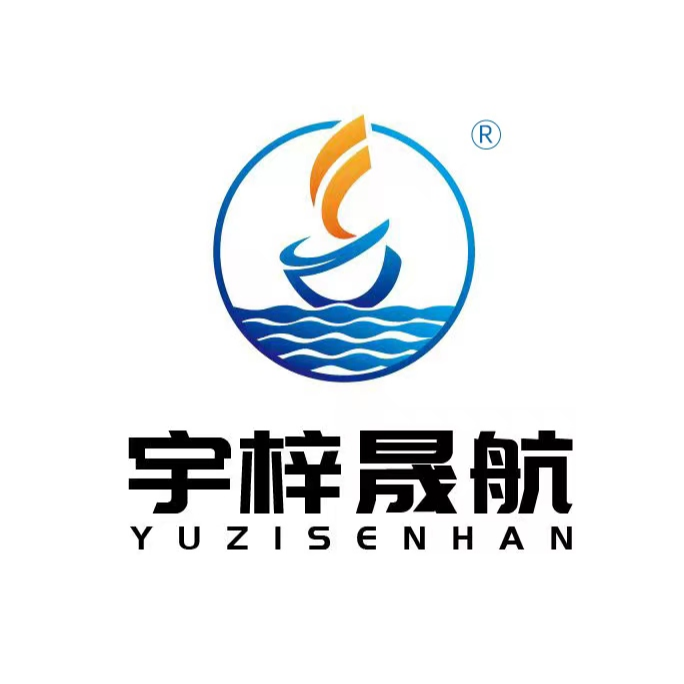Understanding the Revolutionary Impact of CCAA Wire Technology
In the rapidly evolving world of high-frequency applications, CCAA wire has emerged as a groundbreaking solution that's transforming how we approach signal transmission and electrical performance. This innovative conductor technology combines advanced metallurgical properties with precise engineering to deliver superior performance in demanding high-frequency environments. As industries push toward higher speeds and greater efficiency, the role of CCAA wire becomes increasingly critical in meeting these challenging requirements.
Core Features and Technical Advantages
Enhanced Conductivity Characteristics
CCAA wire stands out for its exceptional conductivity properties, which are specifically engineered for high-frequency applications. The unique composition of CCAA wire enables it to maintain stable electrical characteristics even under varying frequency conditions. This translates to minimal signal loss and superior performance in applications where traditional conductors might struggle to maintain signal integrity.
The molecular structure of CCAA wire is optimized to reduce skin effect at higher frequencies, allowing for more efficient signal transmission. This characteristic makes it particularly valuable in applications where maintaining signal quality across a broad frequency spectrum is crucial.
Temperature Stability and Thermal Management
One of the most significant advantages of CCAA wire is its remarkable temperature stability. In high-frequency applications, where heat generation can be a major concern, CCAA wire demonstrates superior thermal management properties. The material composition helps dissipate heat more effectively, reducing the risk of performance degradation and potential system failures.
This enhanced thermal stability also contributes to longer component life spans and more reliable operation in demanding environments. Engineers have found that systems utilizing CCAA wire typically require less additional cooling infrastructure, leading to more compact and efficient designs.
Applications and Implementation Strategies
Telecommunications Infrastructure
In modern telecommunications systems, CCAA wire has become increasingly prevalent, particularly in high-bandwidth applications. The superior signal integrity and reduced interference characteristics make it ideal for data centers, 5G infrastructure, and advanced networking equipment. Implementation of CCAA wire in these settings has shown measurable improvements in data transmission rates and overall system reliability.
Network architects have reported significant improvements in system performance after upgrading to CCAA wire, with some installations showing up to 30% better signal quality compared to conventional alternatives. This improvement becomes particularly noticeable in long-distance transmission scenarios where signal degradation is typically a major concern.
Industrial Automation Solutions
The industrial sector has embraced CCAA wire for its robust performance in automated manufacturing systems and control applications. The wire's ability to maintain signal integrity in electrically noisy environments makes it particularly valuable in factory automation, where precise control and reliable communication are essential.
Manufacturing facilities utilizing CCAA wire in their automation systems have reported reduced downtime and improved accuracy in their control systems. The wire's resistance to electromagnetic interference has proven especially beneficial in environments with multiple high-power machines operating simultaneously.
Cost-Benefit Analysis and ROI Considerations
Initial Investment Versus Long-term Benefits
While the initial cost of CCAA wire may be higher than traditional alternatives, the long-term benefits often justify the investment. The superior durability and performance characteristics typically result in reduced maintenance requirements and longer system lifespan. Organizations implementing CCAA wire often report significant reductions in operational costs over time.
When calculating the return on investment, it's important to consider factors such as reduced downtime, lower maintenance requirements, and improved system performance. These benefits frequently outweigh the higher initial procurement costs, making CCAA wire a cost-effective choice for high-frequency applications.
Performance Optimization and Efficiency Gains
The implementation of CCAA wire often leads to substantial efficiency improvements in high-frequency systems. Better signal integrity means fewer retransmissions and errors, resulting in higher overall system throughput. This improved efficiency can have a cascading effect on system performance, leading to better productivity and reduced energy consumption.
Organizations that have switched to CCAA wire report measurable improvements in system reliability and reduced interference-related issues. These improvements translate directly to better operational efficiency and reduced troubleshooting time.
Installation and Maintenance Considerations
Best Practices for Implementation
Successful implementation of CCAA wire requires careful attention to installation procedures and best practices. Proper termination techniques, appropriate shielding methods, and correct routing practices are essential for maximizing the benefits of CCAA wire in high-frequency applications. Technicians should be properly trained in handling and installing CCAA wire to ensure optimal performance.
Special consideration should be given to connector selection and termination methods, as these can significantly impact the overall system performance. Following manufacturer guidelines and industry best practices helps ensure the full potential of CCAA wire is realized.
Preventive Maintenance Strategies
While CCAA wire is known for its reliability, implementing a preventive maintenance program helps ensure long-term performance. Regular inspection of connections, monitoring of signal quality, and periodic testing can help identify potential issues before they impact system operation. This proactive approach helps maintain optimal performance and extends the life of the installation.
Documentation of maintenance procedures and performance metrics provides valuable data for system optimization and future planning. Regular analysis of this data can help identify trends and potential areas for improvement in system design and maintenance practices.
Frequently Asked Questions
What makes CCAA wire superior for high-frequency applications?
CCAA wire excels in high-frequency applications due to its optimized molecular structure, superior conductivity, and excellent thermal management properties. These characteristics result in better signal integrity, reduced interference, and improved overall system performance compared to conventional wire options.
How does CCAA wire impact system maintenance requirements?
CCAA wire typically reduces system maintenance requirements through its superior durability and resistance to environmental factors. The improved signal quality and reduced interference also mean fewer system issues and less troubleshooting time, leading to lower maintenance costs over time.
What are the key considerations when installing CCAA wire?
When installing CCAA wire, key considerations include proper termination techniques, appropriate shielding methods, connector selection, and adherence to manufacturer guidelines. Professional installation by trained technicians is recommended to ensure optimal performance and reliability.




